Also in the previous week the preparations were in full swing. The list of tasks was long and the days were thus equally long. It takes a lot to prepare a yacht for an ocean crossing. And in the months to come we will do several of them. Therefore, the focus for our preparations was to reduce wear where ever possible. But let’s take a look at the week from the beginning.
Monday: Big steps forward
The first job on Monday was to get our boat back into the water. We had been taken out of the water the week before to get our hull branded in our team colours. Now it was time to get her back into the water. Once back we checked there were no leaks on the overhauled through hull fittings and that the propeller was working fine after the maintenance carried out. It was a good feeling to be floating again and we brought our boat back to our mooring slot.
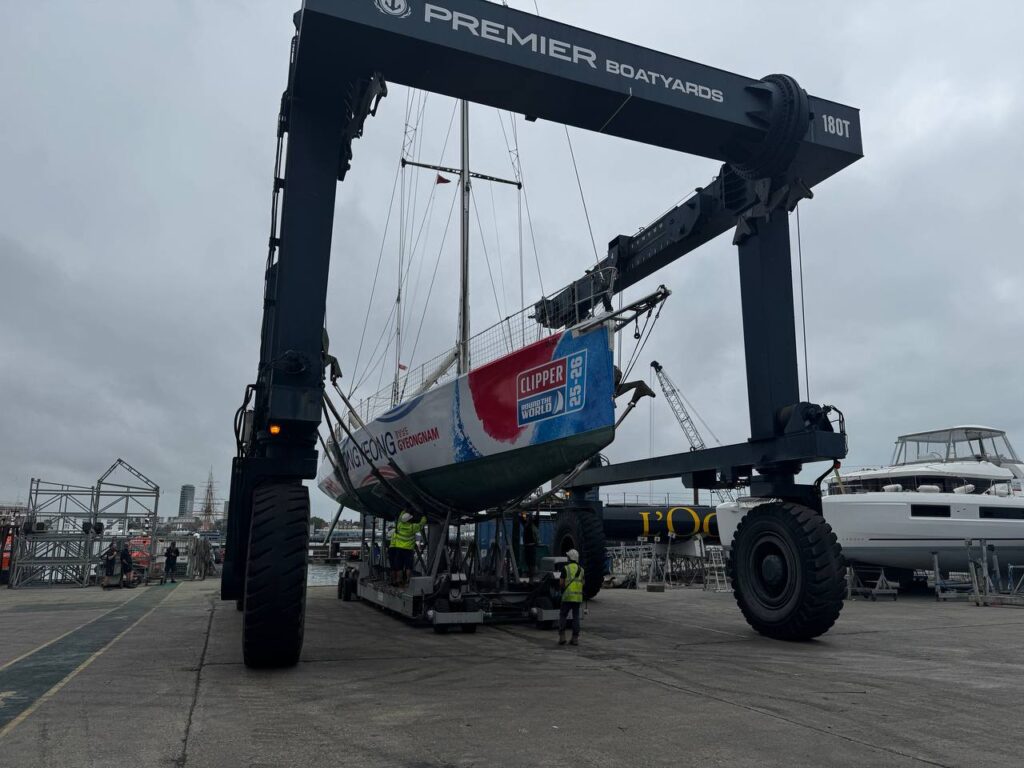
In parallel we received our food supplies for the first leg. That is to say those supplies which last a long time. They were laid out, sorted, counted and packed into day-bags. Like this we know what is meant for which day and we don’t start to eat tomorrows meal. A lot of the fresh supplies are still missing, but we will only get those shortly before the start of the race. But a huge part of the victualling is already completed.
In addition, we received all our new lines on Monday. Almost everything which is moving on deck is pulled by some line. And all of those need to be replaced. In total this accumulates to roughly 1500m of rope which we received. Each of these lines must get to its correct place and the ends must be whipped to prevent the lines from fraying. Lastly, they need to be attached. Either by a special knot or by splicing them on directly.
Splicing & Whipping
One might ask, why we don’t just knot all the lines to the correct attachment point but go through the additional work of making a splice. On one hand there is the esthetic aspect. And in least in my objective opinion, most splices look far superior to knots. At least if you consider practical knots.
On the other hand, we have the breaking strength which is far more important. Each knot in a line reduces its breaking strength. Sometimes even considerably, such that with a knot in the line the breaking strengths is less than 30% of the lines initial breaking strength. Using a corresponding splice the reduction in breaking strengths is generally much lower. Sometimes there is not even a reduction at all.
Also whipping the end of the lines serves to preserve the lines as good as possible. We mainly use synthetic lines with a dyneema core. Those can be melted on the ends by using a lighter or a hot-knife. These melted ends can however break over time. If however the end is properly whipped, the line is protected much longer from fraying.
End of the Week
Until the end of the week we were busy attaching the new lines. I was mainly involved with our foresails and the spinnakers. On most of the corners of the sails we received there are metal rings sewed into the sail. Using these the sail can be attached. On the head of the sail a snap-shackle connects the halyard, whereas the tack will be attached to the foredeck using another snap-shackle.
If the shackle is attached directly to the metal ring, we have a metal on metal contact. This will lead to significant wear over time, until one of the parts breaks. To prevent this, we have attached a loop splice made from dyneema to each of those metal rings. The shackle can then be attached to this loop. If we observe wear on the loop splice, we can simply replace the spliced loop. I have been quite busy with that, given that we have four headsails and 4 spinnakers. But it was great to see that already the second splice went much more smoothly and a lot quicker compared to the first one.
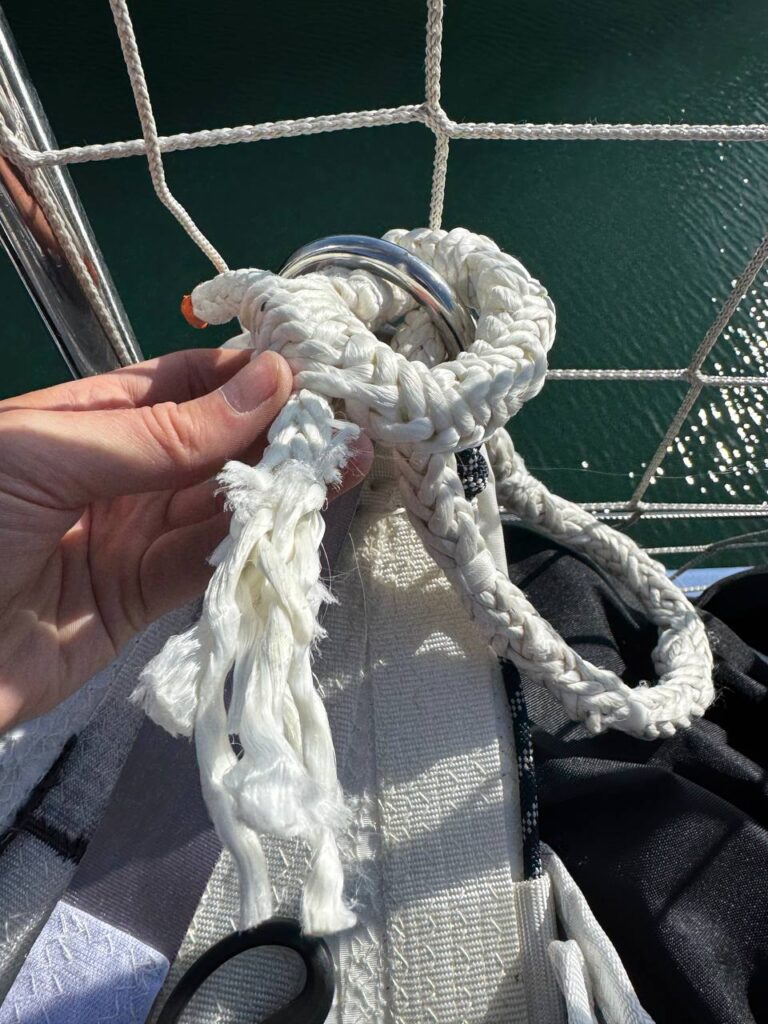
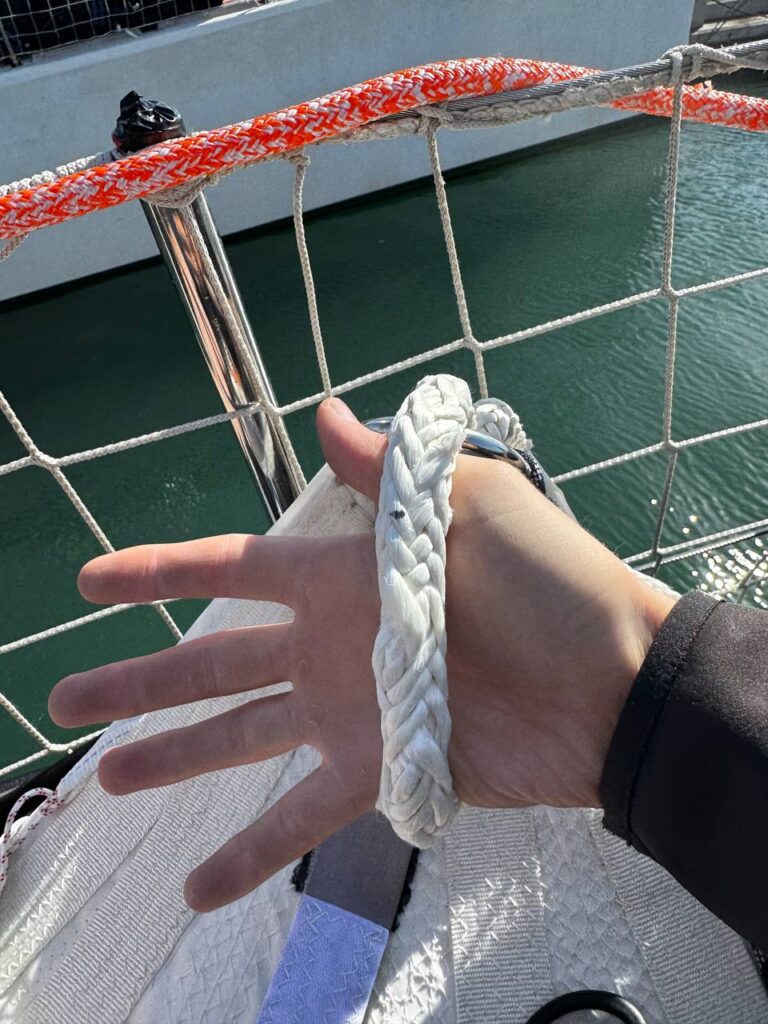
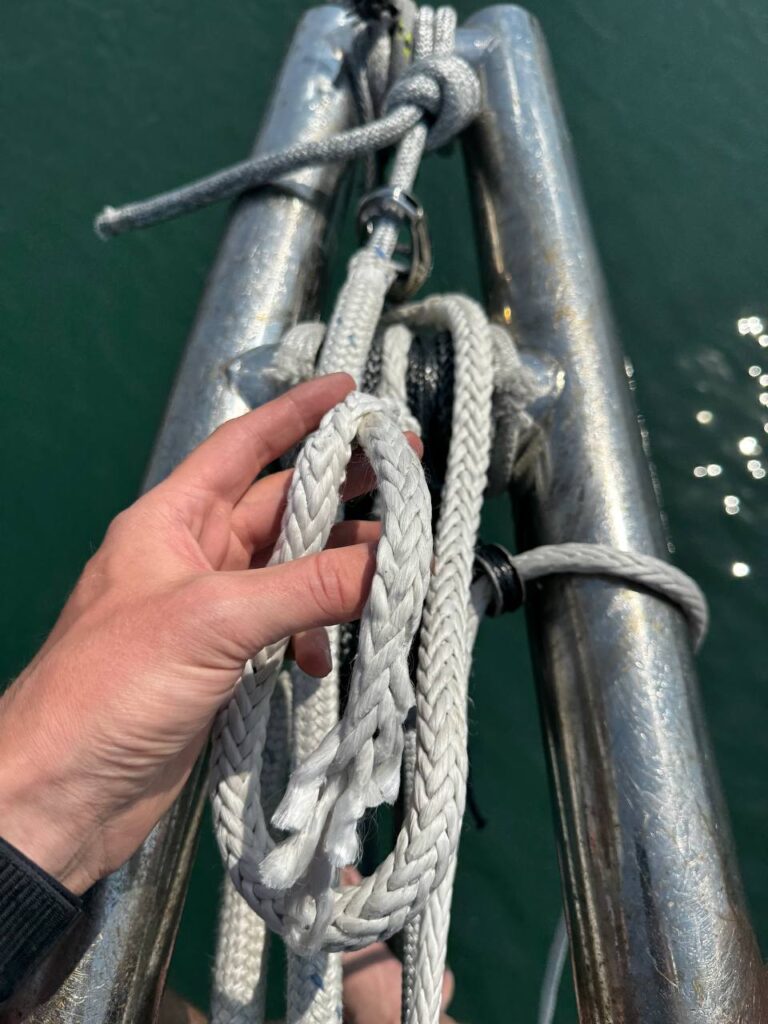
As the weather was not too windy on Friday, we could finally start to bend on the mainsail. It was a big task and occupied about five of us for the entire morning. But it was great to see the main sail up and know we have now everything in place to get underway.
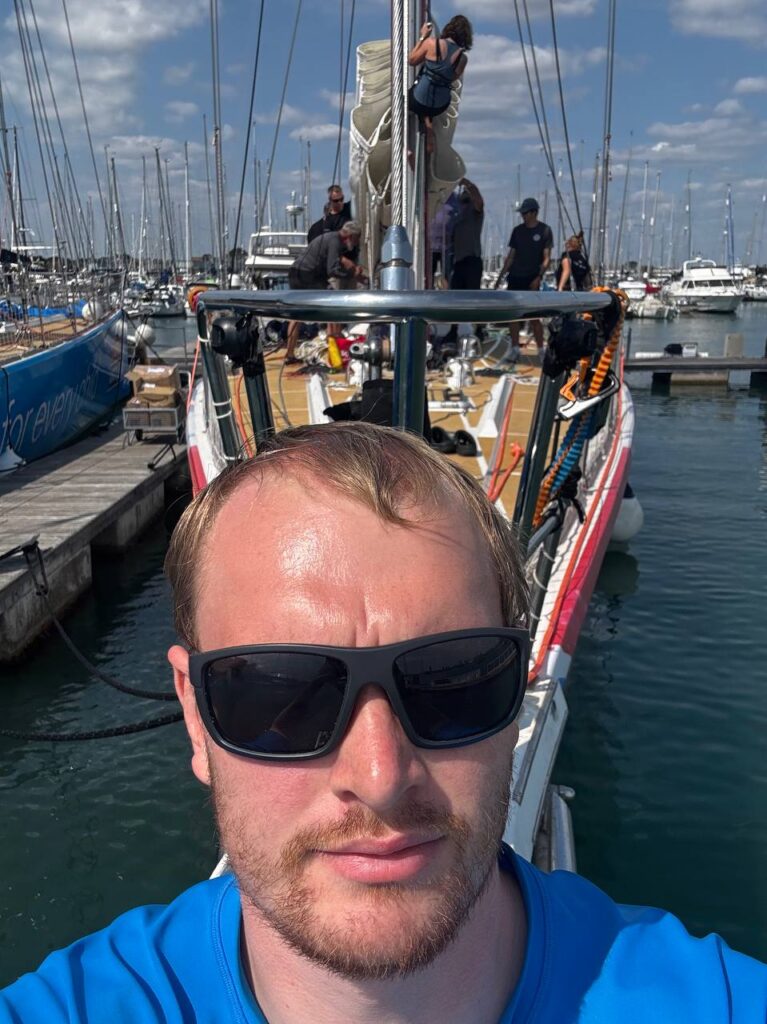
Outlook
Now a big part of the list has been completed and only a few jobs remain until the start of the race on the upcoming weekend. The anticipation amongst all in our team is increasing day to day. I will upload a post with more information regarding the race start in the next few days.
An article from the Clipper Race media team can be found under the following link. Also our team is highlighted a few times. https://www.clipperroundtheworld.com/inside-prep-week-how-race-management-and-crew-set-the-stage-for-success
In addition, the Instagram page of our team has a couple of pictures and videos. Please follow to keep updated also during the race. https://www.instagram.com/team.tongyeong.clipperrace/
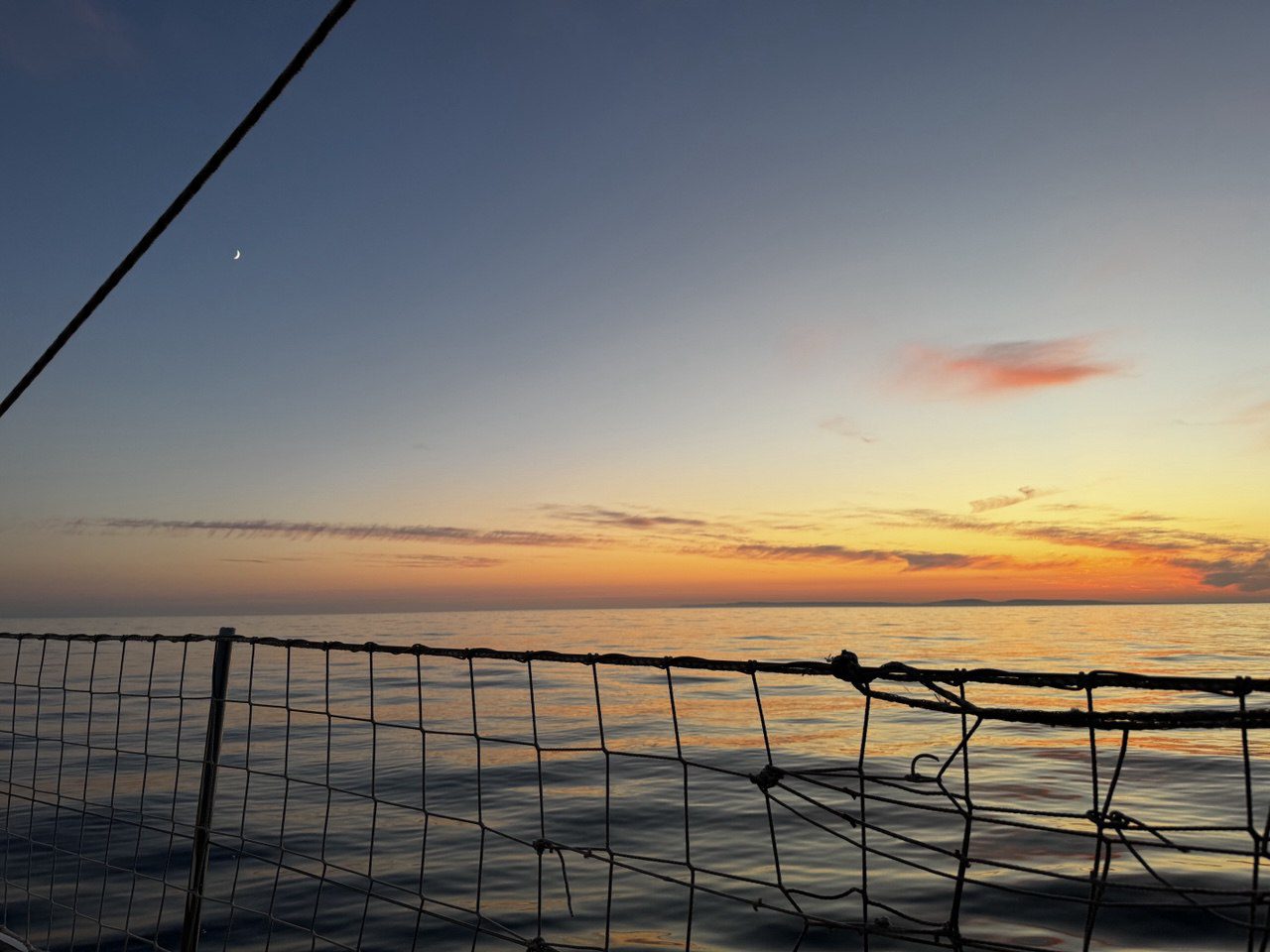
Leave a Reply